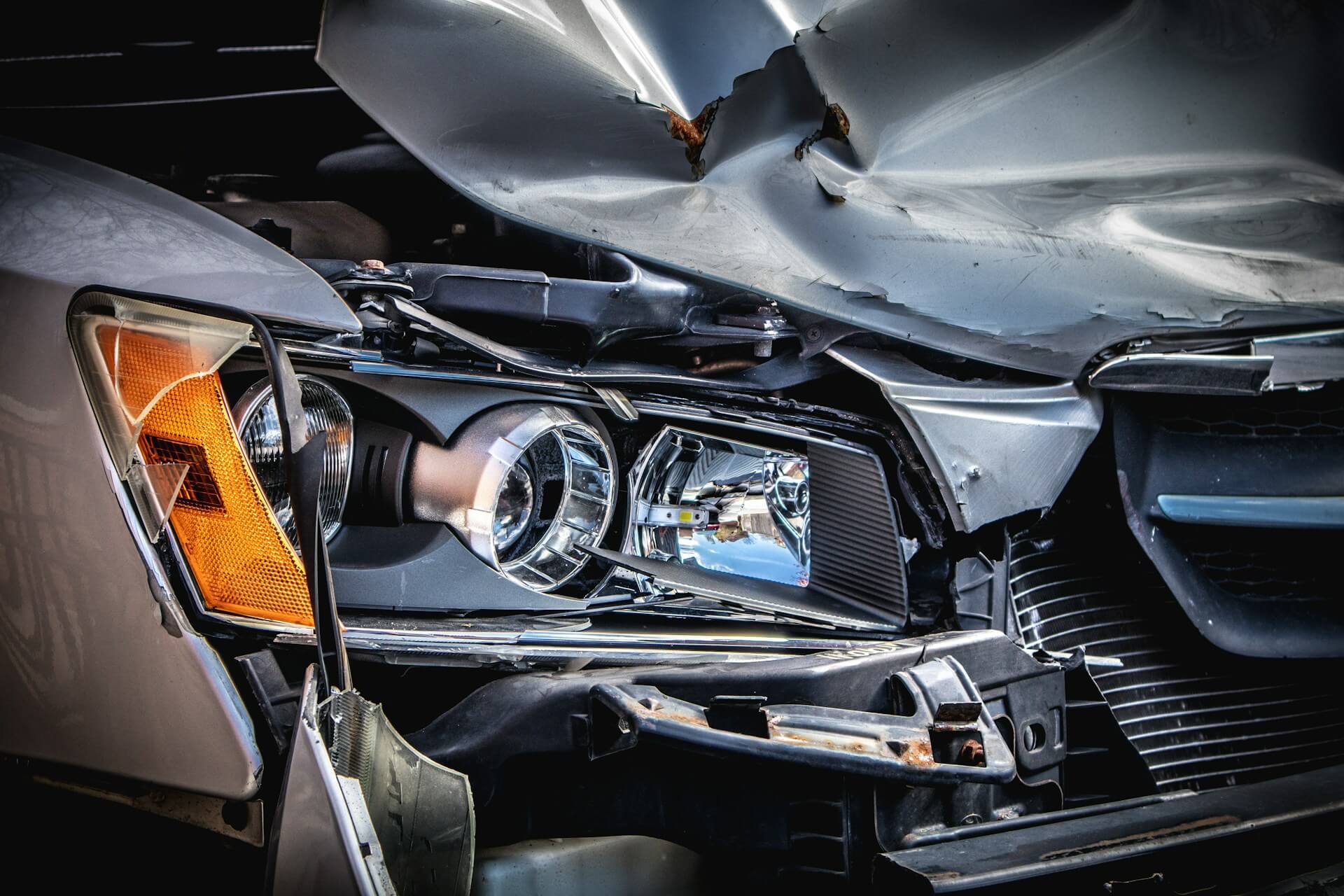How To Handle Car Accidents Involving Out-of-State Drivers
Car accidents involving out-of-state drivers can present unique challenges due to jurisdictional issues, differing insurance requirements, and varying legal procedures across state lines. This article provides a comprehensive guide on how to handle such situations effectively, covering steps to take at the accident scene, legal considerations, insurance implications, and practical tips.

1. Initial Steps at the Accident Scene
When involved in a car accident with an out-of-state driver, it's crucial to prioritize safety and gather necessary information:
- Ensure Safety: Check for injuries and move to a safe location if possible. Call emergency services if anyone is injured.
- Exchange Information: Obtain the out-of-state driver's name, contact information, license plate number, driver's license number, and insurance details. Provide your information as well.
- Document the Scene: Take photos of the accident scene, including vehicle damage, road conditions, and any relevant signage or landmarks.
2. Notify Law Enforcement and Exchange Reports
In most states, it's mandatory to report accidents involving injuries, significant property damage, or death. Regardless of the severity, notifying law enforcement is advisable to document the incident:
- File a Police Report: Cooperate with responding officers and provide factual information about the accident. Request a copy of the police report for your records.
- Exchange Reports: Depending on state requirements, exchange accident information with the out-of-state driver, including insurance information and contact details.
3. Seek Medical Attention
Even if injuries seem minor initially, it's essential to seek medical evaluation promptly. Some injuries may manifest later, and documentation of medical treatment is crucial for insurance claims:
- Visit a Doctor: Have a medical professional assess your injuries and follow their recommendations for treatment.
- Document Medical Records: Keep records of all medical treatments, prescriptions, and diagnoses related to the accident.
4. Dealing with Insurance
Navigating insurance claims involving out-of-state drivers requires understanding respective state laws and insurance coverage:
- Contact Your Insurance Company: Notify your insurance provider about the accident and provide them with the out-of-state driver's information.
- Understand Coverage: Review your insurance policy to understand coverage limits, deductibles, and procedures for filing a claim.
- Communicate Clearly: Maintain clear communication with the out-of-state driver's insurance company. Provide factual information and avoid admitting fault or making assumptions.
5. Legal Considerations
Legal implications of car accidents involving out-of-state drivers can vary:
- Jurisdictional Issues: Determine which state's laws apply to the accident. Typically, the laws of the state where the accident occurred govern legal proceedings.
- Statute of Limitations: Be aware of time limits for filing lawsuits (statute of limitations) in the state where the accident occurred.
- Legal Assistance: Consider consulting with a local Seattle attorney practicing car accident law who understands both state and out-of-state legal implications. They can provide guidance on navigating jurisdictional issues and protecting your rights.
6. Practical Tips for Handling Out-of-State Accidents
- Keep Records: Maintain copies of all accident-related documents, including police reports, medical records, and correspondence with insurance companies.
- Avoid Speculation: Refrain from speculating or discussing fault with the out-of-state driver or their insurance company. Stick to factual information.
- Follow Up: Stay proactive in following up with insurance companies, medical providers, and legal counsel to ensure your claims are processed promptly and accurately.
Conclusion
Handling car accidents involving out-of-state drivers requires careful navigation of legal, insurance, and procedural complexities. By following these steps–prioritizing safety, documenting the scene, seeking medical attention, understanding insurance coverage, and considering legal implications–you can effectively manage the aftermath of an accident and protect your rights. Consulting with legal professionals and maintaining clear communication throughout the process can further streamline resolution and ensure fair outcomes for all parties involved.